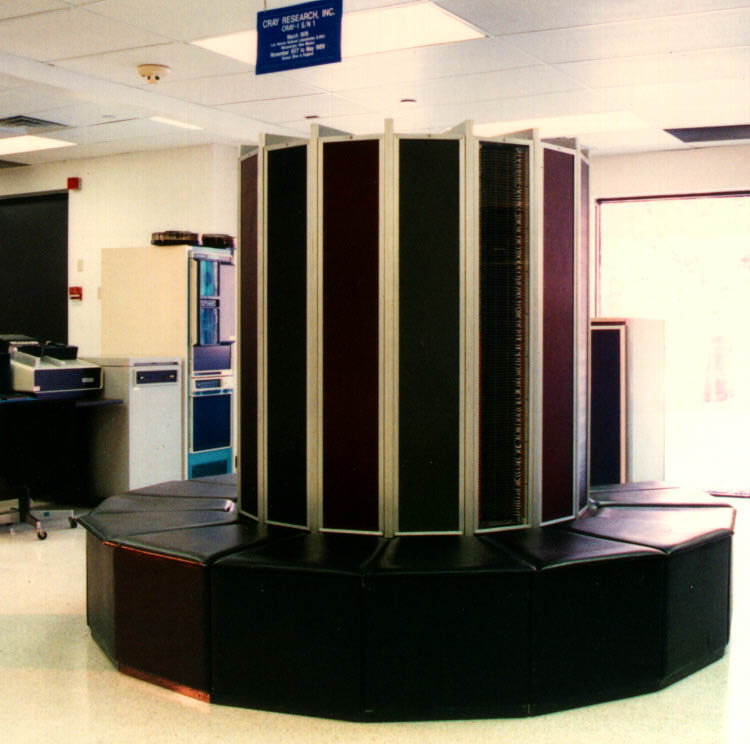Ultra Sparc IIi
SPARC V9 compliant 64-Bit
4-way superscalar
VIS Instruction Set
Clock Frequency : 550, 650 MHz
L1 Cache :
16 KB Primary direct-mapped data cache
16 KB Primary instruction cache (2-way set associative)
L2 Cache : 512 KB (4-way associative), Integrated on-chip
Max Memory : 16 MB - 4 GB
Memory Type : PC 100/133 MHz SDRAM memory interface.
Bus Interface :
Integrated Rev. 2.1 PCI Compatible interface
33/66 MHz, 32-bit, 3.3 V
Four-way superscalar pipeline, 64-bit wide memory interface
with 800 Mbyte/sec capacity combined with 64-bit wide internal buses.
|
UltraSparc IIe
Instruction Set : VIS Instruction Set
64-bit SPARC V9
Process Technology :
CMOS 0.18 micron process
6 layer AL metal
Clock Frequency : 500 MHz
L1 Cache :
16 KB Primary direct-mapped data cache
16 KB Primary instruction cache (2-way set associative)
L2 Cache :
Unified instruction and data cache
512 KB (4-way associative)
Memory Type : 83 MHz SDRAM with ECC
Bus Interface : Integrated Rev. 2.1 PCI Compatible interface
Four-way superscalar pipeline, 64-bit wide memory interface
with 800 Mbyte/sec capacity combined with 64-bit wide internal buses.
|

 and IBM are fighting over the title, which goes back and forth.
Even so, Cray will forever be associated with the breed which it fostered,
so many years ago. Even without the leadership of it's namesake, Cray
computing remains at the forefront of this very rapidly moving leading
edge. As of this writing, the Cray X1, is rated the 29th fastest, down
from being the 20th fastest machine in the world. This is pretty respectable,
particularly from such a relatively small company; but Cray will certainly
be on top again, as the numbers slide back and forth, and new developments
continue to be made. It is also interesting to note, that the Cray achieves
this performance with 504 processors. The next computer up the list uses
2200 processors, and the two fastest computers, the Blue Genie uses 32768
processors, and the Columbia uses 10160 processors. This would seem to
indicate that the basic design of the Cray CPU, and of it's processing
architecture, have considerable potential for development.
and IBM are fighting over the title, which goes back and forth.
Even so, Cray will forever be associated with the breed which it fostered,
so many years ago. Even without the leadership of it's namesake, Cray
computing remains at the forefront of this very rapidly moving leading
edge. As of this writing, the Cray X1, is rated the 29th fastest, down
from being the 20th fastest machine in the world. This is pretty respectable,
particularly from such a relatively small company; but Cray will certainly
be on top again, as the numbers slide back and forth, and new developments
continue to be made. It is also interesting to note, that the Cray achieves
this performance with 504 processors. The next computer up the list uses
2200 processors, and the two fastest computers, the Blue Genie uses 32768
processors, and the Columbia uses 10160 processors. This would seem to
indicate that the basic design of the Cray CPU, and of it's processing
architecture, have considerable potential for development.  used to enter the data. Crays generally went into specially
constructed rooms, with custom air conditioning units, and were themselves
constructed, rather than manufactured in the traditional sense
used to enter the data. Crays generally went into specially
constructed rooms, with custom air conditioning units, and were themselves
constructed, rather than manufactured in the traditional sense
 can use standard PC style monitors, and even standard PC style
168 pin ram. The first generation of these machines can now be had for
between $100, and $300, or perhaps a bit more depending upon how they
are configured. The Ultra 5 and 10 machines even take standard IDE drives.
The Ultra 60 is able to support 2 processors. The Ultra series were
replaced by the Blade series.
can use standard PC style monitors, and even standard PC style
168 pin ram. The first generation of these machines can now be had for
between $100, and $300, or perhaps a bit more depending upon how they
are configured. The Ultra 5 and 10 machines even take standard IDE drives.
The Ultra 60 is able to support 2 processors. The Ultra series were
replaced by the Blade series. 